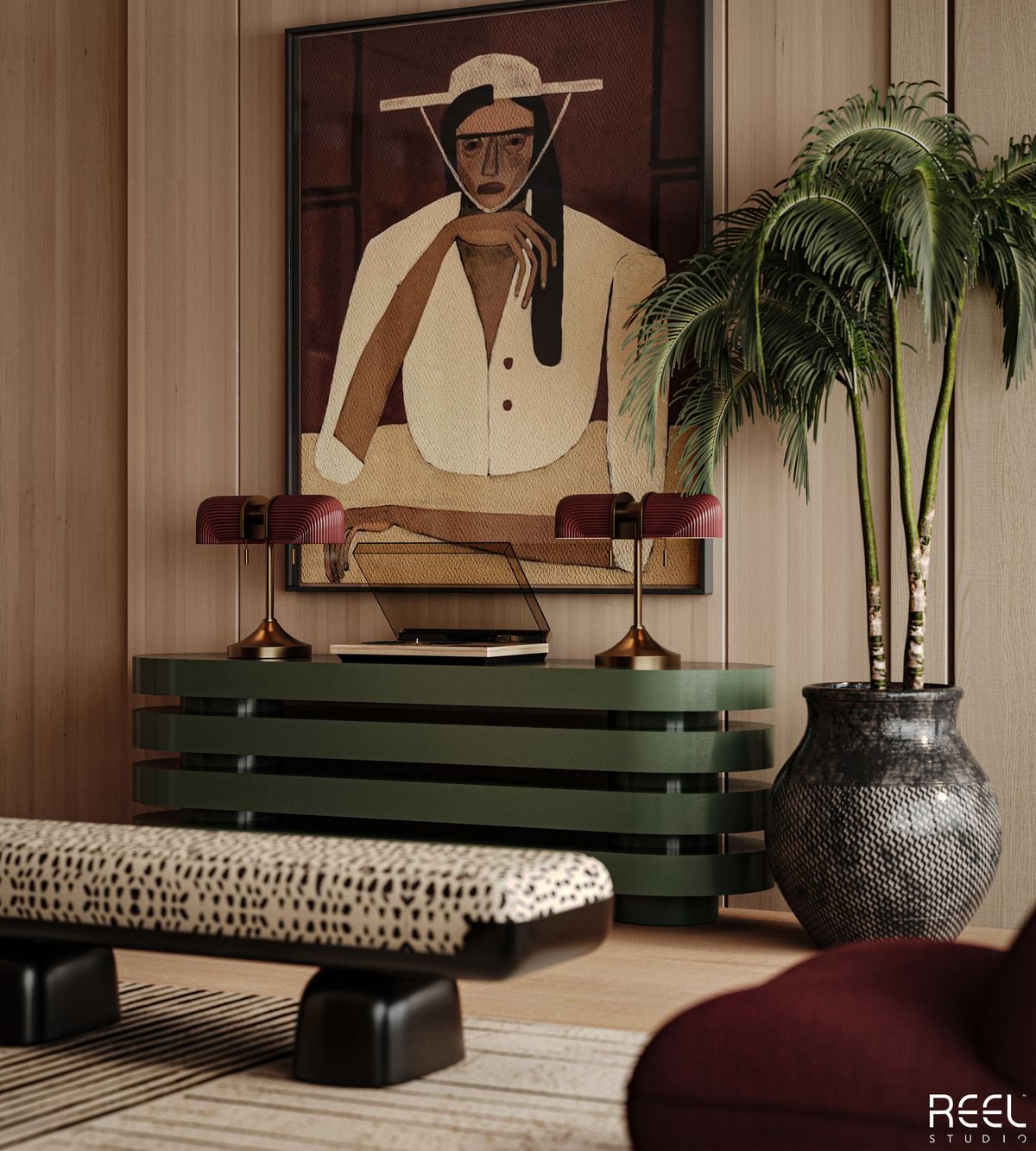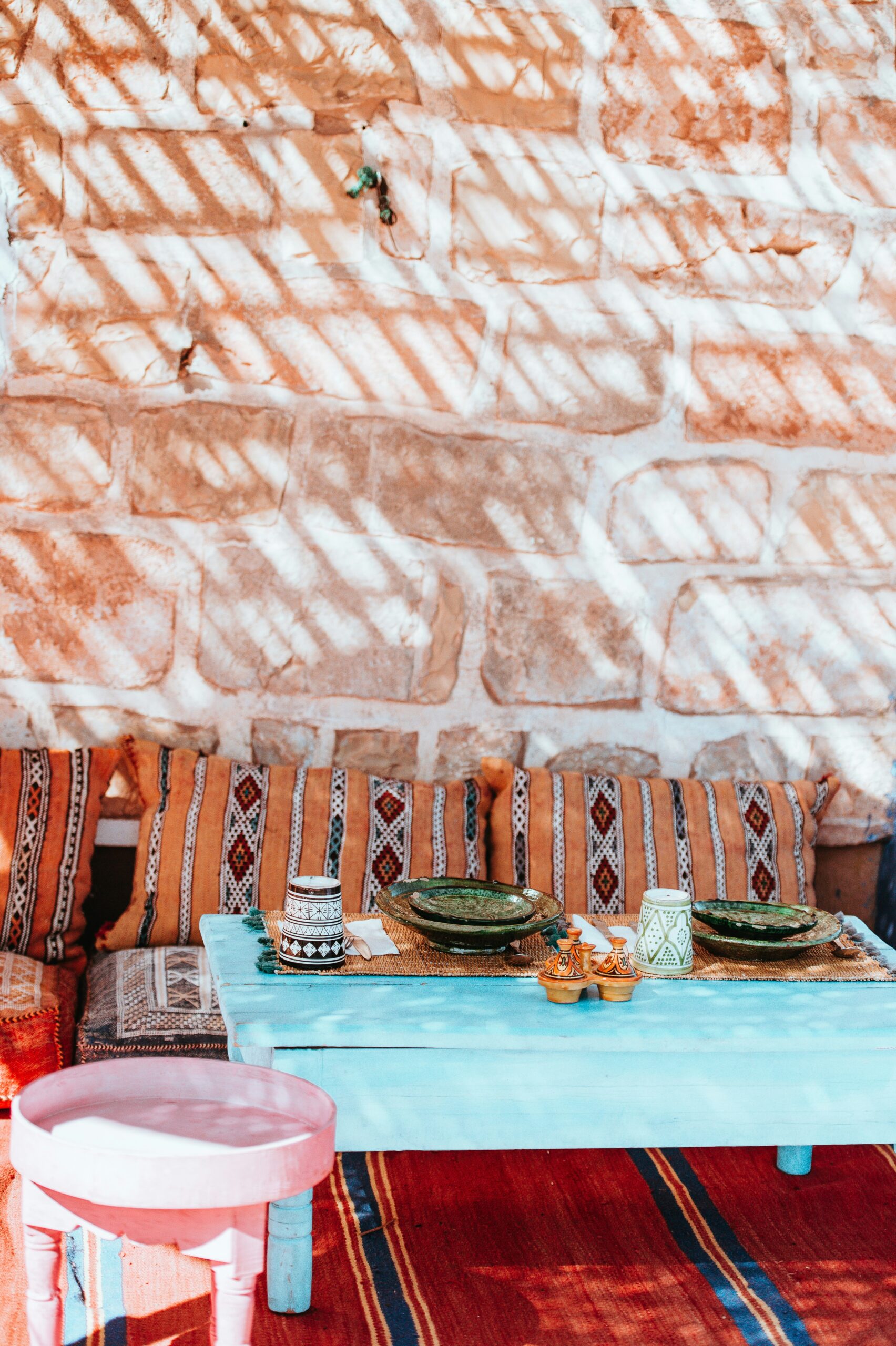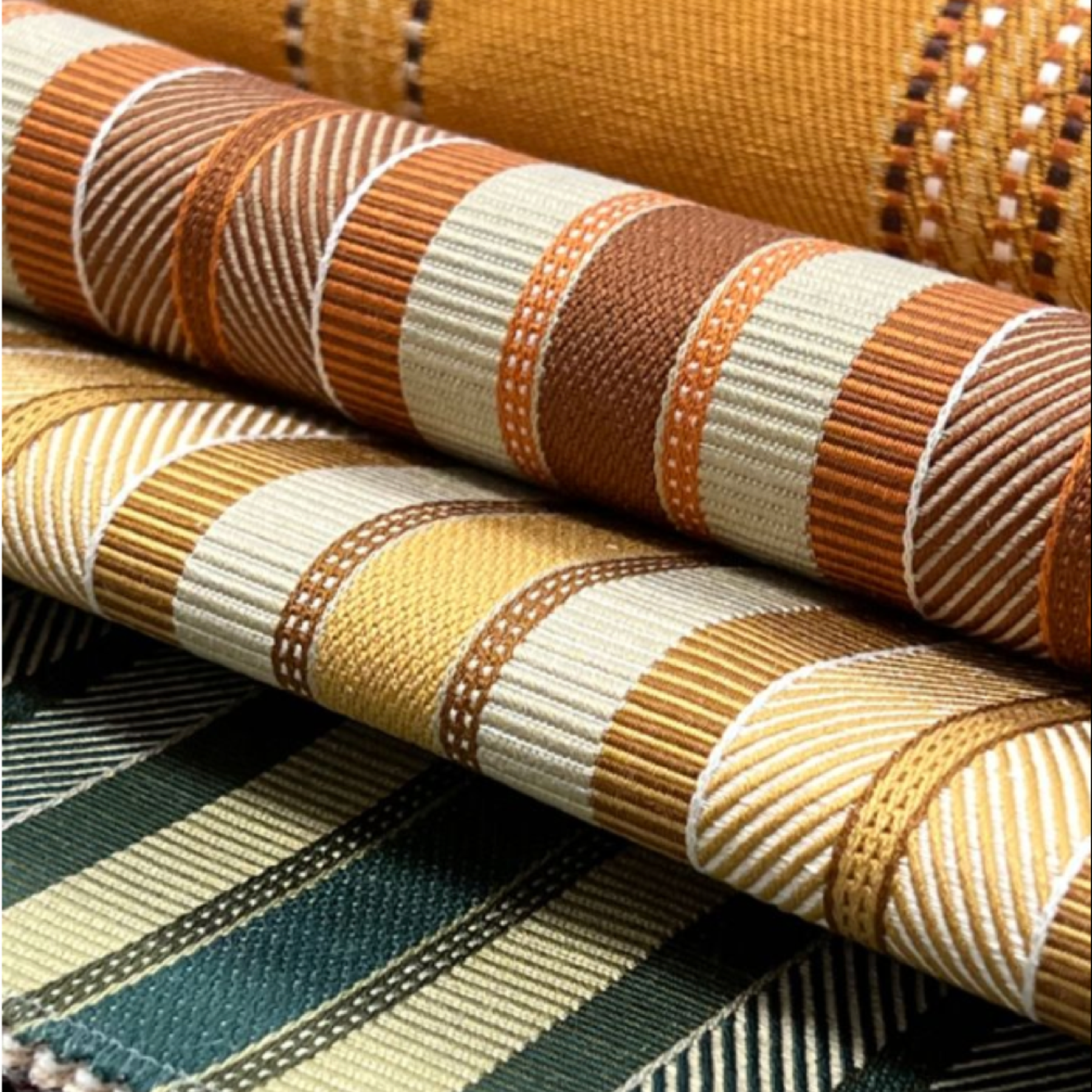
Weaving Cultural Textiles into Modern Interiors
African textiles in interiors have long been revered for their vibrant patterns, intricate weaves, and deep cultural significance. As interior design trends continue to embrace authenticity and heritage, African textile wall hangings have become a powerful way to add warmth, texture, and storytelling to contemporary spaces.
From the bold geometric motifs of Kente cloth to the earthy textures of Malian mud cloth, these handcrafted masterpieces transform walls into canvases of tradition and identity. But how can you incorporate these textiles seamlessly into your home while maintaining a refined, modern aesthetic?
In this guide, we’ll explore:
– The history and cultural significance of African textile wall hangings.
– How they enhance modern interior design
– Practical tips for choosing, styling, and integrating them into your space
Whether you’re a design enthusiast, collector, or luxury homeowner, this guide will inspire you to celebrate African heritage through sophisticated décor.
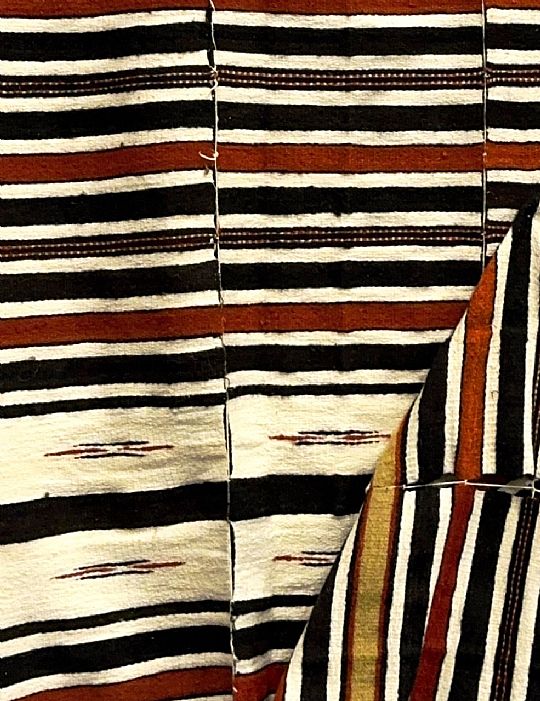
1. The Cultural Significance of African Textile Wall Hangings in Interiors
For centuries, African textiles have been more than just fabrics—they are symbols of heritage, social status, and storytelling. Each piece carries a unique history, often passed down through generations.
A. The Legacy of African Textiles
- Kente Cloth (Ghana): Originally worn by royalty, each pattern in Kente textiles carries a philosophical meaning, symbolising strength, unity, or prosperity.
- Bogolanfini (Mali Mud Cloth): Handcrafted using fermented mud dyes, this textile represents protection, history, and identity.
- Kuba Cloth (Democratic Republic of Congo): Made from raffia fibers and embroidered with bold geometric patterns, Kuba cloth symbolises tribal lineage and wisdom.
B. Why African Textiles in Interiors Matter
- Cultural storytelling – Each textile reflects African traditions and beliefs.
- Handcrafted authenticity – Unlike mass-produced art, these textiles are woven with personal history and craftsmanship.
- Timeless appeal – African textile wall hangings blend effortlessly into both traditional and modern interiors.
Pro Tip: Choosing an African textile for your home is like choosing a work of art—each piece tells a story and adds a layer of richness and meaning to your space.
2. Why African Textile Wall Hangings Elevate Interior Design
African textiles in interiors are more than decorative elements—they bring texture, warmth, and dimension into interiors. Here’s why they stand out in modern design:
A. Texture and Depth
- Textiles introduce softness to spaces dominated by wood, glass, or stone.
- Handwoven fabrics create a sensory experience, making a space feel inviting and dynamic.
B. Vibrant Color Palettes
- African textiles often feature earthy browns, deep reds, and vibrant yellows, perfect for creating striking focal points.
- Whether your home is neutral or bold, these textiles complement and enhance your existing color scheme.
C. Sustainability and Ethical Craftsmanship
- Many African textiles are handmade using eco-friendly dyes and natural fibers.
- Investing in authentic pieces supports artisan communities and preserves traditional weaving techniques.
Trend Alert: With the rise of sustainable luxury, homeowners are increasingly seeking unique, handmade décor that blends ethical sourcing with high-end aesthetics.
3. How to Choose the Right African Textile Wall Hanging for your Interiors
When selecting a textile for your space, consider colour, size, and meaning:
A. Color & Pattern Harmony
- Neutral Interiors: Opt for earthy tones like brown, beige, and ochre.
- Bold Interiors: Go for vibrant Kente cloths with intricate designs.
- Minimalist Spaces: Choose monochrome mud cloth for subtle elegance.
B. Understanding Symbolism
- Research the history and meaning behind different textiles.
- Choose a piece that resonates with your personality or family heritage.
C. Selecting the Right Size
- Large Statement Piece: Perfect for living rooms and feature walls.
- Medium-Size Tapestries: Ideal for bedroom backdrops or dining rooms.
- Framed Textiles: Adds a polished, sophisticated touch to smaller spaces.
Pro Tip: If you love layered textures, mix different textiles on a single wall to create visual contrast and depth.
4. Where & How to Style African Textile Wall Hangings
A. Living Room: A Grand Focal Point
- Place a large wall hanging behind the sofa to anchor the room.
- Pair with African-inspired cushions and wooden décor accents.
B. Bedroom: A Cozy Statement
- Use a mud cloth tapestry above your bed for a warm, earthy ambiance.
- Layer with matching textiles on pillows or throws.
C. Dining Area: A Cultural Conversation Starter
- Hang a framed Kente textile for a luxurious, art-gallery feel.
- Match with woven placemats or hand-carved tableware.
D. Home Office: A Source of Inspiration
- Choose a textile with motivational symbolism for creativity and focus.
- Position it where it’s visible during virtual meetings—it makes for a great background!
Pro Tip: Want to protect your textile from dust? Frame it behind glass for longevity while keeping its beauty intact.
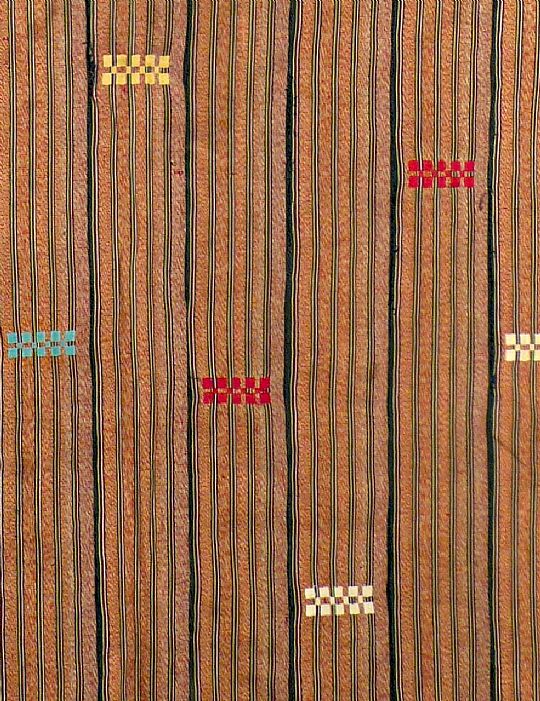
5. Frequently Asked Questions (FAQs) About African Textile Wall Hangings
Q1: Are African textiles suitable for modern interiors?
- Absolutely yes. They bring a timeless elegance that complements minimalist, contemporary, and luxury interiors.
Q2: How do I maintain and clean my textile wall hanging?
- Gently dust it or use a soft brush attachment on a vacuum.
- If it’s made of delicate fabric, avoid machine washing—hand-clean only.
Q3: Where can I buy authentic African textiles?
- Look for fair-trade artisan markets or high-end interior boutiques specialising in African décor.
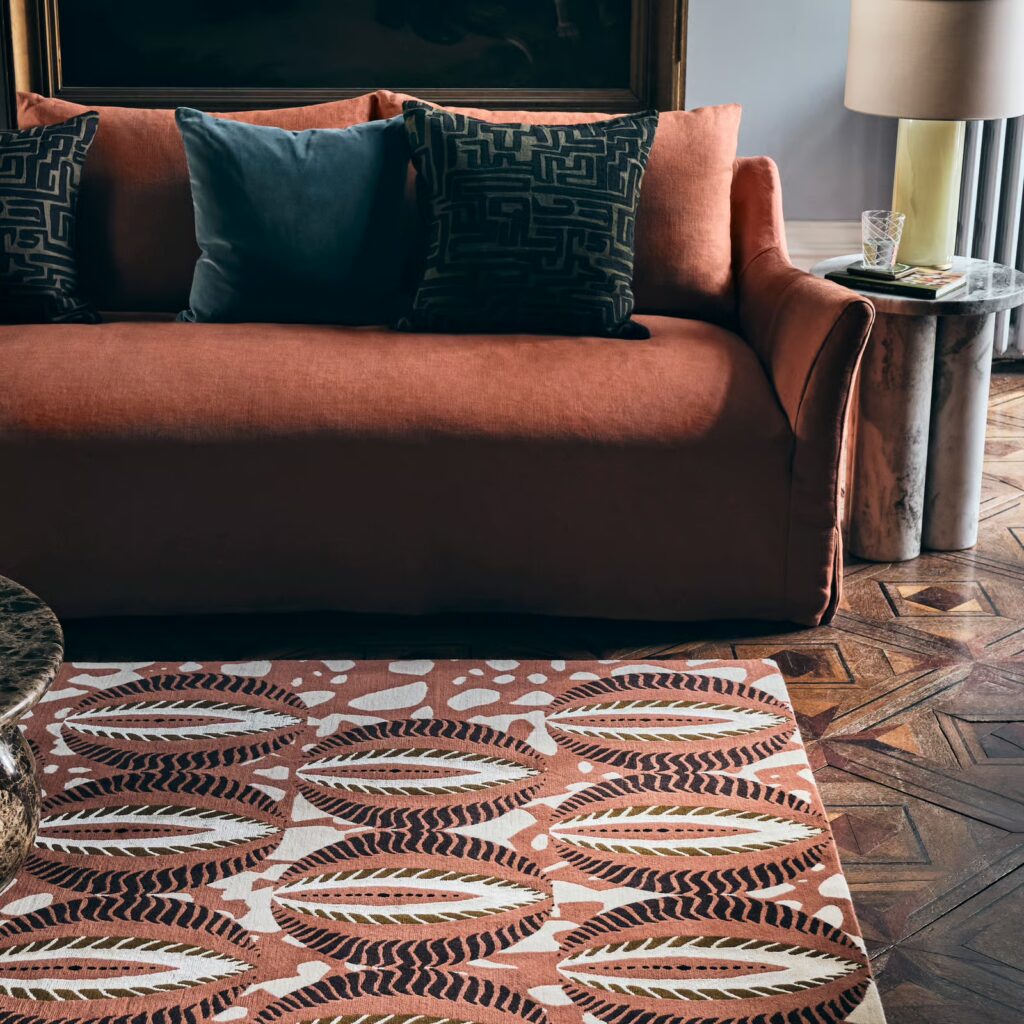
Weaving Tradition into Your Home
Incorporating African textile wall hangings into your interior design is more than just a style choice—it’s an opportunity to celebrate heritage, support artisans, and create a deeply personal space. Eva Sonaike a fellow interior designer, has a great guide to fabric application you might find useful here.
- They add warmth, history, and artistry to any home.
- They serve as conversation pieces and elevate interior aesthetics.
- They promote sustainability by supporting traditional craftsmanship. Transform your space today—bring the timeless beauty of African textile art into your home
We’ve created an extremely helpful interior design guide to help you bring more cultural authenticity into your home. This resource is completely free and can be found here. Let me know what you think, and all the best with your space!
+ view the comments

